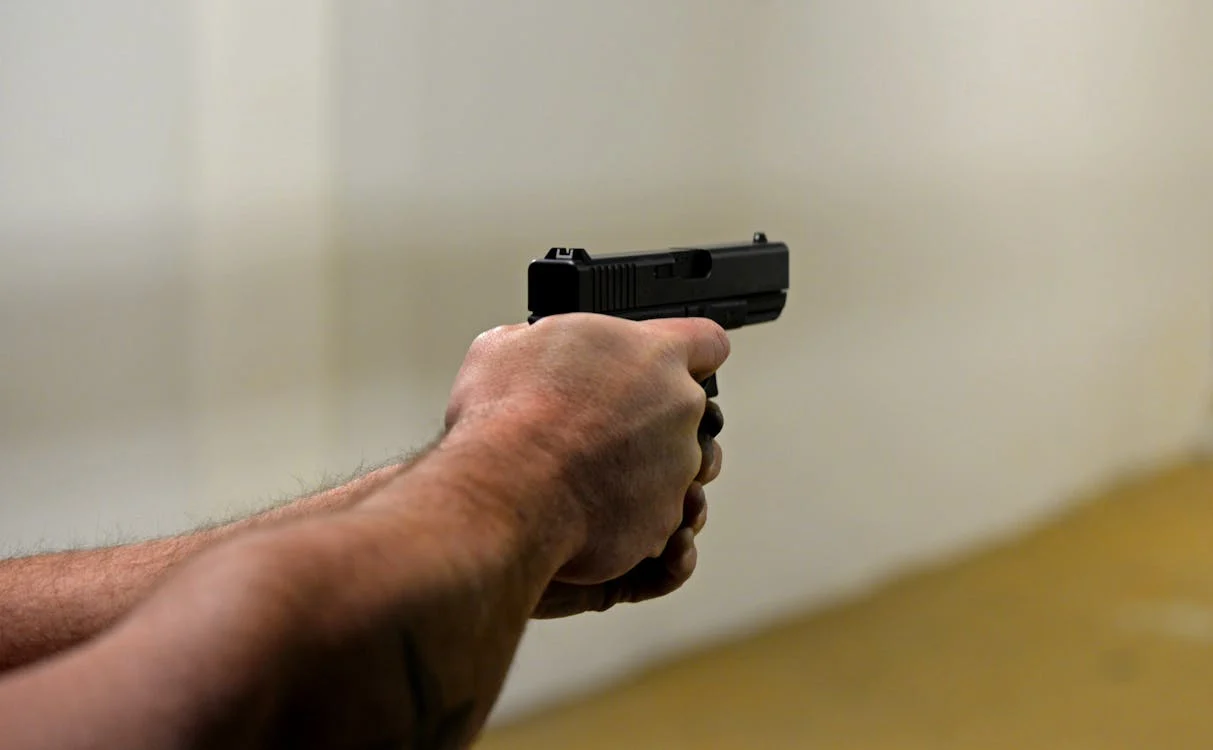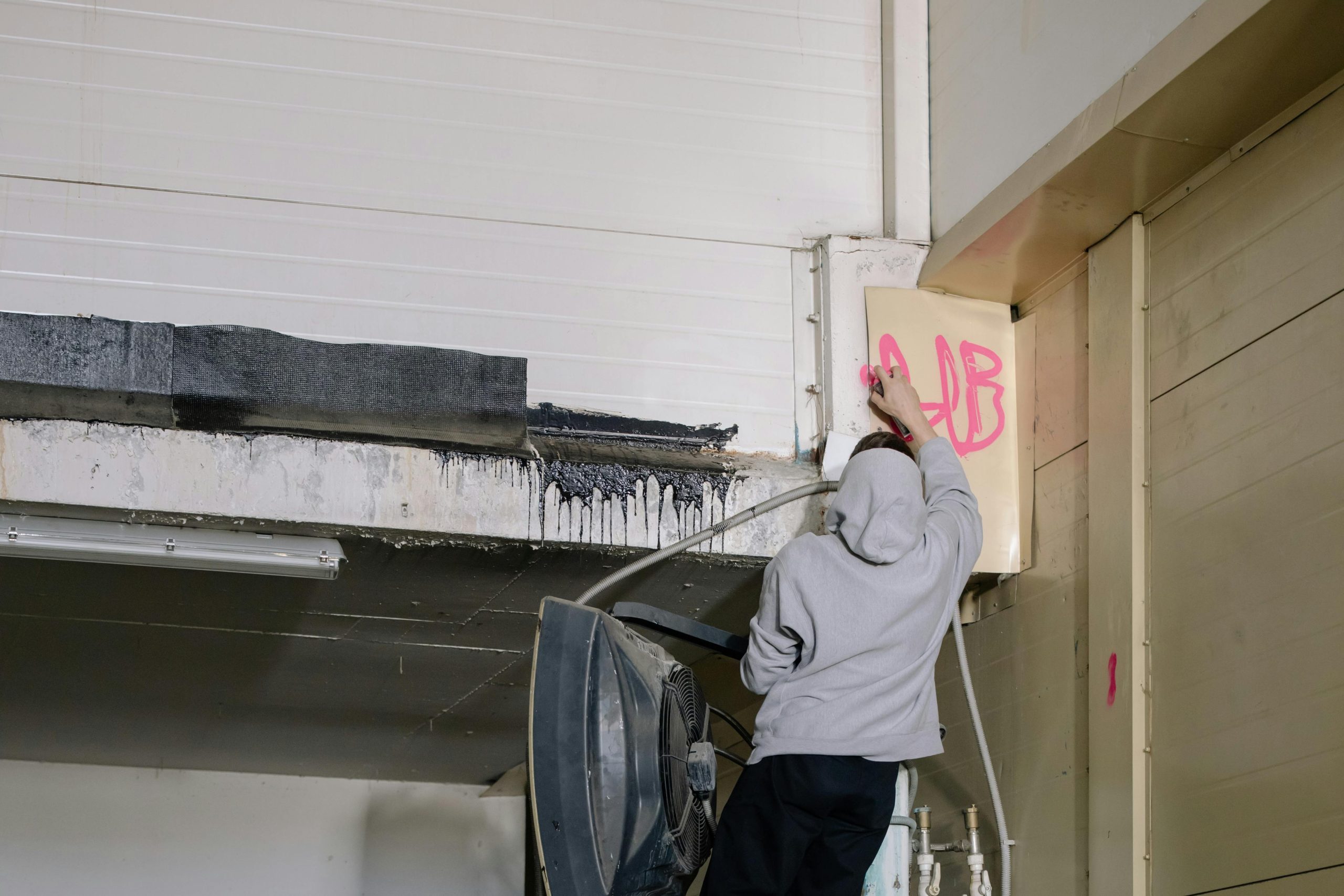Understanding the slide’s role
The slide is the mechanical heart of the pistol, determining how the barrel, recoil system, and sights work together. When you handle a pistol, the balance between frame and upper assembly dictates perceived recoil and the speed of target reacquisition. Understanding that interplay helps guide decisions about upgrades and restores core reliability for everyday use. A measured approach keeps the platform predictable while enabling meaningful improvements in control and sighting. A Glock 17 slide plays a key part in that decision. Thinking about intended use helps prioritize which changes will be most effective and which could be unnecessary.
Materials and surface treatments
Steel quality, heat treatment, and coatings affect longevity and how components wear over time. A high-quality finish protects parts from the elements and reduces friction where the slide contacts the frame, which contributes to smoother operation and reduced maintenance needs. Investing in a durable surface treatment preserves both appearance and function under repeated holstering and firing. A Glock 17 slide plays a key part in that decision. Choosing a finish should consider both the local climate and how often the pistol will be carried or exposed to sweat and grime.
Mass, recoil, and cycling dynamics
Changing slide mass is one of the most direct ways to tune recoil impulse and cycle timing. A heavier slide absorbs more energy and can make follow-up shots feel softer, while a lighter slide increases cyclic speed and may enhance rapid target transitions. Any modification to slide mass should be evaluated with the recoil spring and barrel choice in mind to ensure consistent feeding and extraction. A Glock 17 slide plays a key part in that decision. Consulting experienced builders or testing different spring weights can reveal how mass changes translate to real-world recoil differences.
Serrations, purchase, and manipulation
The pattern and depth of serrations influence grip and manipulation. Well-executed front and rear serrations improve confidence during press checks and when operating under stress or with gloves. Functional cuts and windows on the slide can reduce weight and create a distinct look without sacrificing control when designed with care. A Glock 17 slide plays a key part in that decision. Try to handle different serration patterns in person when possible, since tactile feedback is hard to judge from images alone.
Optics readiness and sighting upgrades
Optics-ready slides bring the benefits of miniature red dot sights to a traditionally iron-sight platform, improving target acquisition for many shooters. Milling for optics requires attention to mounting footprint, sight height, and the relationship between the dot and backup iron sights so that co-witnessing and fast transitions remain effective. Proper installation secures the optic and maintains zero under recoil. A Glock 17 slide plays a key part in that decision. Budgeting for a quality mount and possible sight adjustments prevents surprises during installation and initial use.
Fitment and compatibility considerations
Not all slides are created equal when it comes to fitting barrels and striker assemblies. Precision in rail dimensions and extractor geometry matters for headspace and timing, and a closely matched upper reduces the chance of malfunctions. When swapping components, confirming dimensional fit and striker engagement prevents subtle reliability problems. A Glock 17 slide plays a key part in that decision. If a replacement upper is in question, measuring and comparing key dimensions keeps expectations realistic about drop-in fit.
Maintenance and long-term service
Routine inspection of the upper assembly and periodic lubrication preserve function and spot issues early. Checking wear on the rails, the extractor area, and the chamber interface helps owners replace parts before they degrade performance. A proactive maintenance schedule keeps the pistol dependable for duty, carry, or competition. A Glock 17 slide plays a key part in that decision. Keeping a maintenance log and inspecting parts after major shooting sessions prolongs service life and reduces downtime.
Aesthetic choices versus function
Aesthetic enhancements can personalize a pistol, but they must not compromise the core mechanical needs of the design. Cosmetic cuts, unique serration styles, and attractive finishes are valid reasons to upgrade, but the resulting upper assembly should still function reliably and resist premature wear under regular use. A Glock 17 slide plays a key part in that decision. Photographing cosmetic changes before and after installation helps track wear and maintain resale value if you change course.
Making the right selection for your role
Choosing the right configuration depends on the role the pistol will perform: carry, duty, competition, or general range use. Consider how changes affect concealability, recoil control, and sighting priorities. Thoughtful selection and proper installation yield a platform that meets expectations and performs reliably when needed. A Glock 17 slide plays a key part in that decision. Pilot testing the setup in realistic drills helps confirm that the final configuration aligns with practical performance needs.
Final reflection
Selecting components thoughtfully ensures the pistol meets your daily demands while retaining long-term reliability and safety. A measured approach balances functional gains with maintenance needs and helps deliver a firearm that suits both practical use and personal preference.



